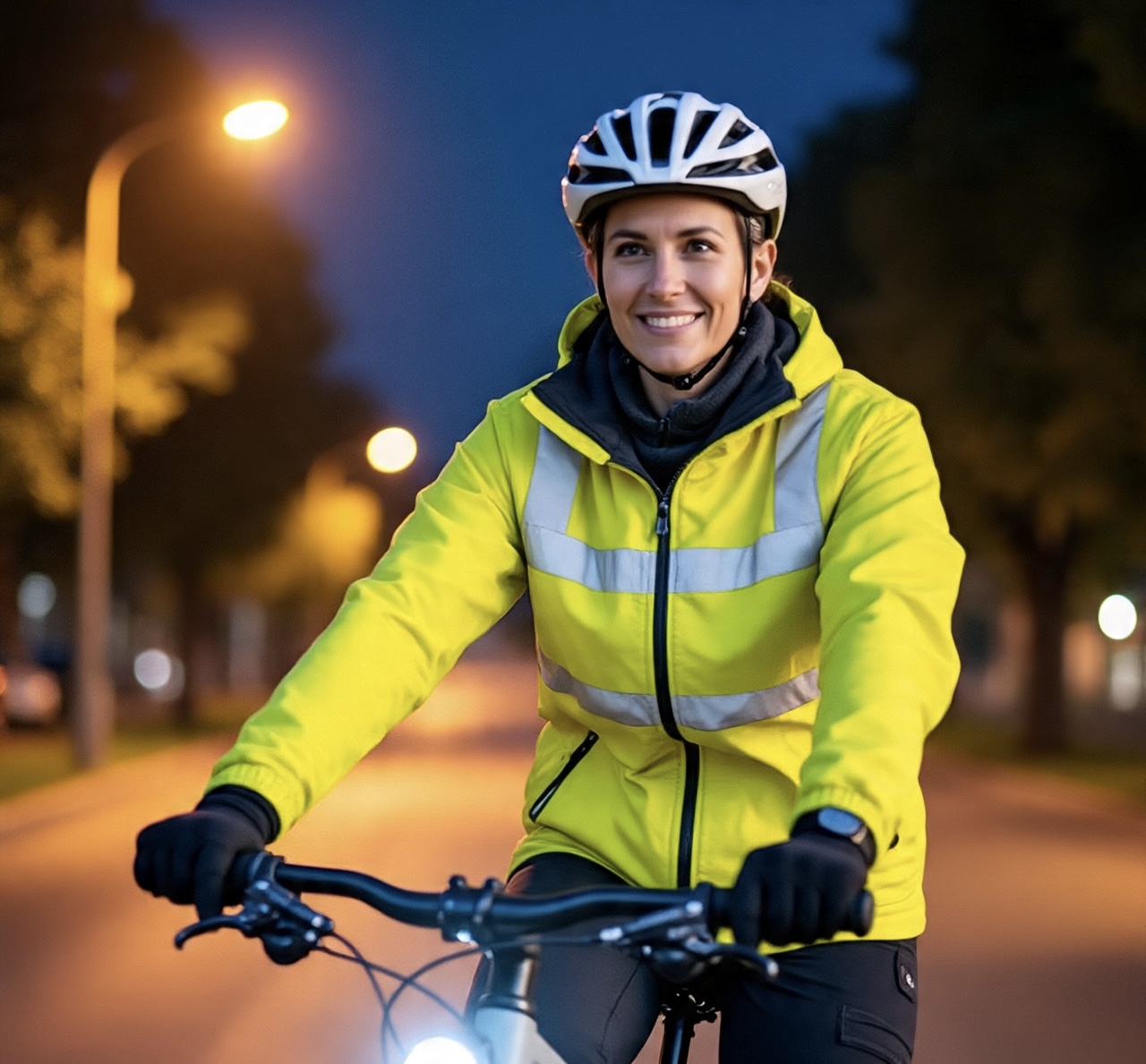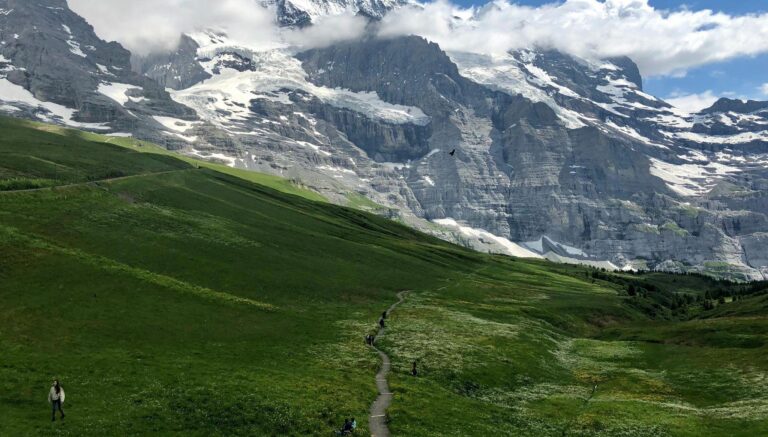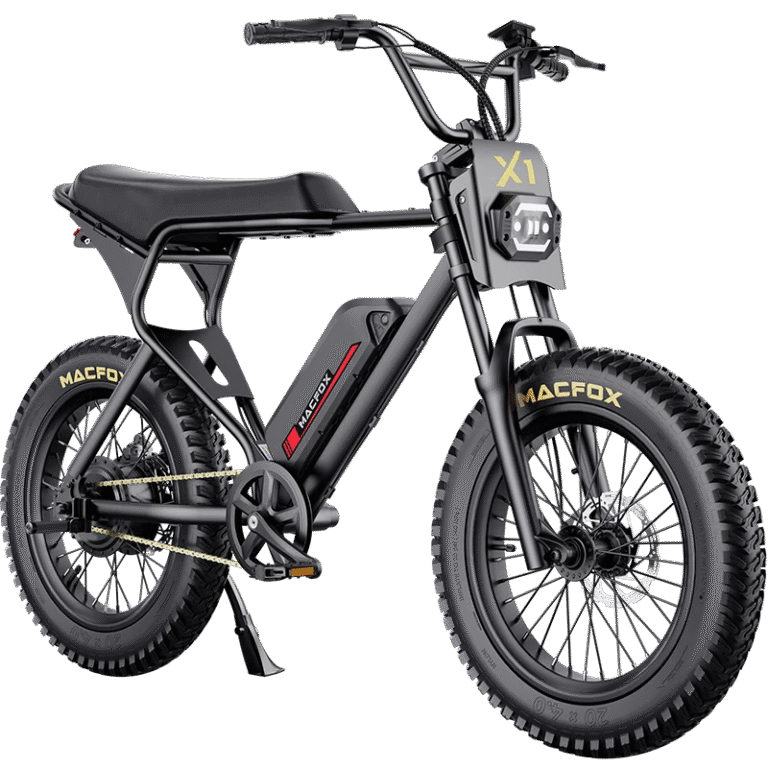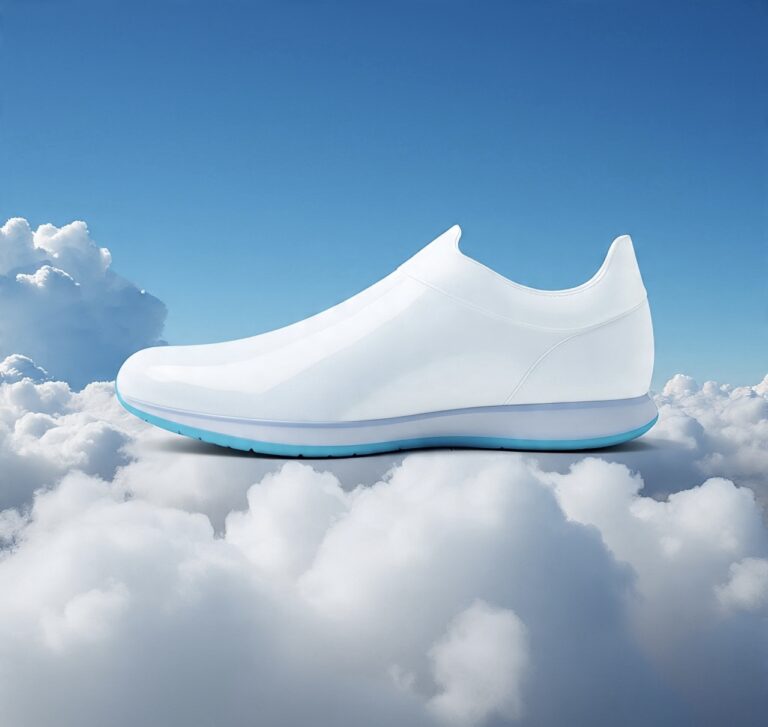Night Riding Confidence: Mastering Safe Cycling After Dark
Cycling after sunset offers a unique sense of peace. Streets grow quieter, the air cools, and the rhythm of your ride feels different when the world is lit by streetlamps or the glow of the moon. Yet, night riding is also a skill that requires preparation and a clear focus on safety. From visibility to navigation, cyclists need to be more deliberate when the sun goes down.
Below, we’ll dive into how to make your evening rides more enjoyable and secure, while also giving attention to gear, planning, and common mistakes that riders should avoid.
Preparing Yourself and Your Bike for the Night
Even before you head out, preparation is your first defense against hazards. Riding at night requires extra mindfulness because drivers, pedestrians, and even other cyclists might have reduced awareness.
Essential Gear for Night Riders
The right equipment ensures both comfort and safety. Think of your bike as an extension of your body—the more prepared it is, the better your ride will be.
Adjusting Your Bike for Visibility
Small tweaks make a big difference:
Mental Readiness
Cycling after dark is not just about gear; it’s about mindset. Anticipate reduced visibility, practice calm reactions, and avoid distractions like loud music in both ears.
Navigating the Darkness: Smart Riding Habits
Once on the road, habits determine whether your night ride is smooth or risky. Good decisions add layers of protection that gear alone cannot provide.
Choosing the Right Routes
Urban riders benefit from well-lit streets, while rural riders must prepare for darker stretches. Aim for:
Avoid shortcuts that take you into poorly lit or isolated areas unless you’re highly experienced.
Controlling Your Speed
At night, your reaction time must match what your lights reveal. Ride slower than you might during the day, allowing extra seconds to identify obstacles. A pothole spotted late can easily lead to a crash when visibility is reduced.
Signaling Clearly
Hand signals matter even more at night. Combine them with reflective gloves or wristbands so drivers and other cyclists recognize your intentions immediately.
Avoiding Common Pitfalls of Night Cycling
Even experienced cyclists can fall into traps when transitioning to evening or nighttime rides. Knowing these pitfalls is half the battle.
Overconfidence with Equipment
Many riders assume that having the brightest bicycle lights is enough. While lighting is critical, it should be paired with situational awareness and defensive riding techniques.
Ignoring Weather Shifts
Nighttime temperatures can drop quickly. Dressing too lightly or forgetting an extra layer can make longer rides uncomfortable and even risky if you’re far from home.
Fatigue and Distraction
The later the ride, the more fatigue plays a role. Staying hydrated, fueling up before the ride, and setting limits for distance and time are essential.
Building a Safer Night Cycling Routine
Cycling safely at night isn’t about one-off decisions; it’s about building habits and routines that keep you confident every time you ride.
Pre-Ride Checklist
Before you clip in and pedal away, run through a simple mental or written checklist:
Post-Ride Reflection
Once you’re home, take two minutes to reflect:
Keeping a simple riding journal helps you improve ride by ride.
Community Night Rides
Many cities offer organized night rides. These are fantastic opportunities to cycle in groups, stay safer, and learn from experienced riders. Plus, group rides often come with a strong sense of community spirit.
Pro Tips for Enjoyable Rides
Here are a few extra strategies that make night cycling not just safe, but enjoyable:
Wrapping Up
Night cycling combines adventure, discipline, and freedom. By investing in proper gear, refining your riding habits, and keeping a sharp awareness of your surroundings, you’ll find that evening rides can be both exhilarating and safe. The glow of the city or the quiet of a country road takes on a new charm when experienced on two wheels.
For anyone serious about making their after-dark rides both enjoyable and secure, prioritizing visibility and preparation is key—starting with dependable gear like bicycle lights.






